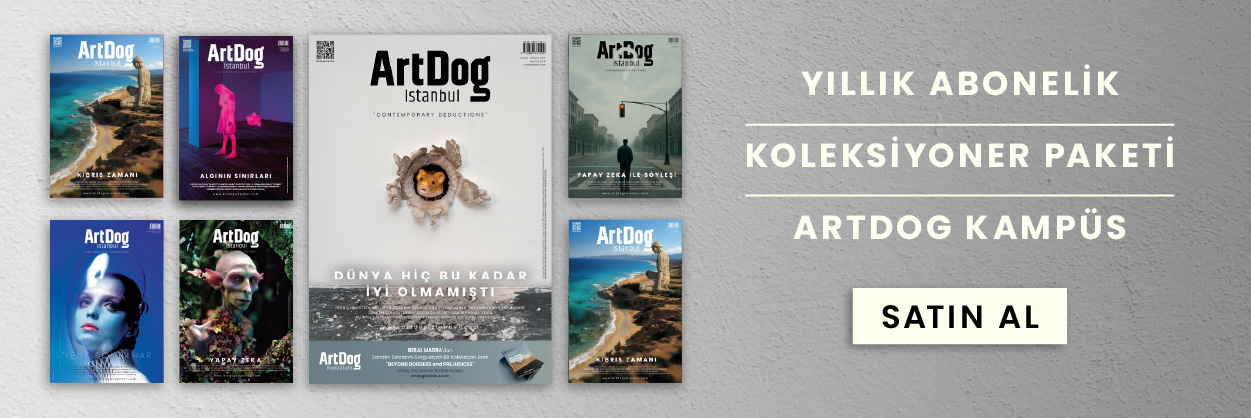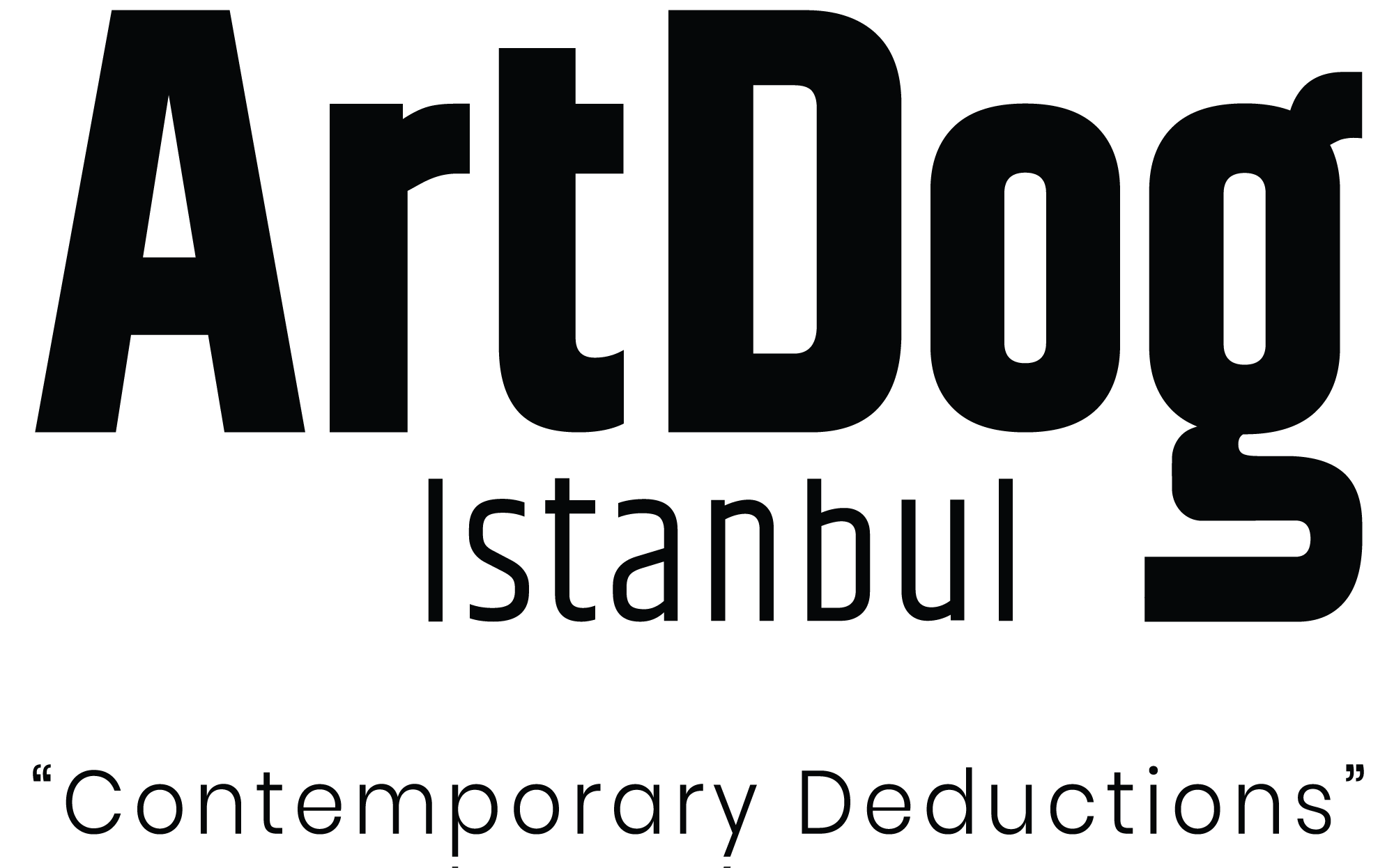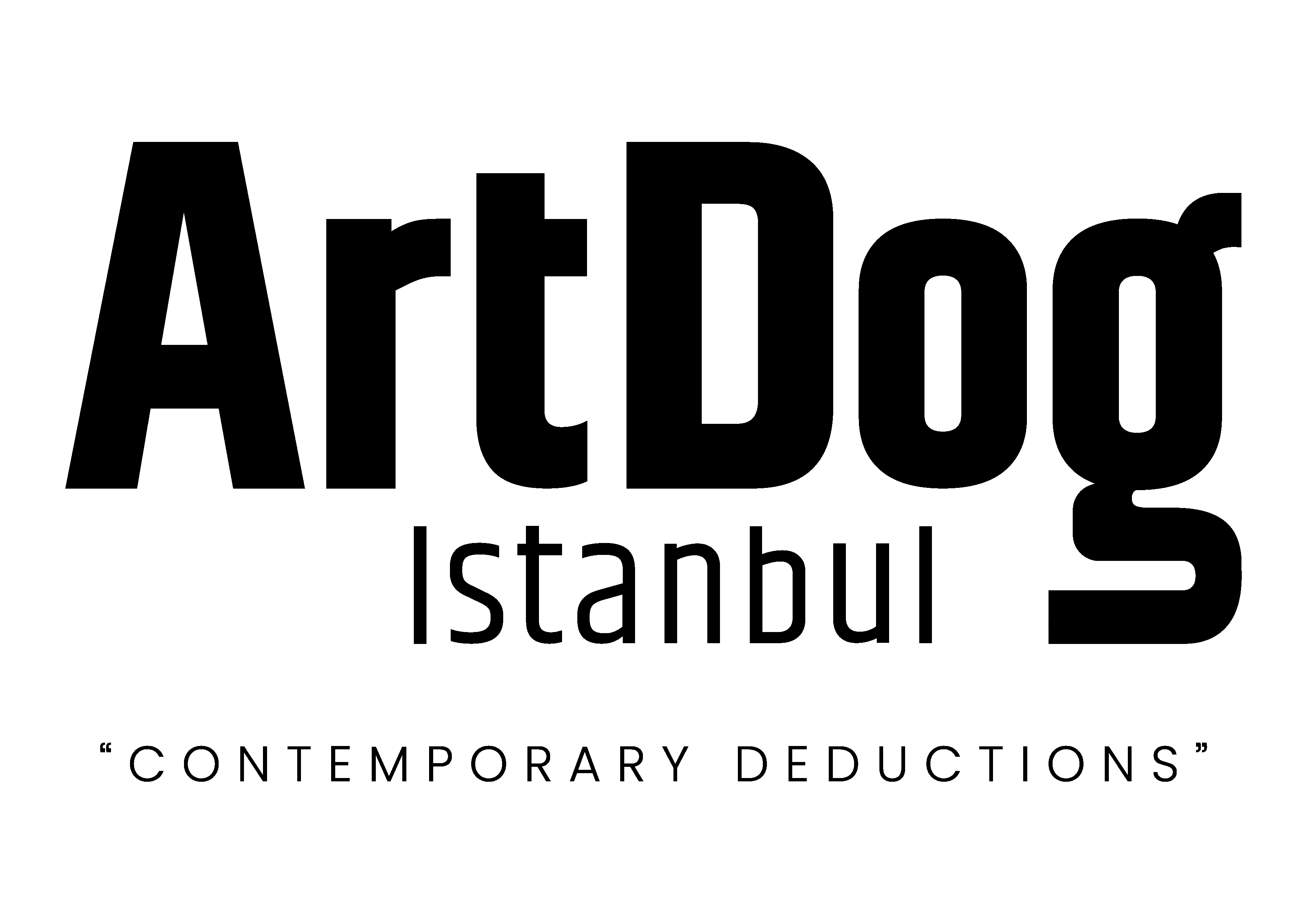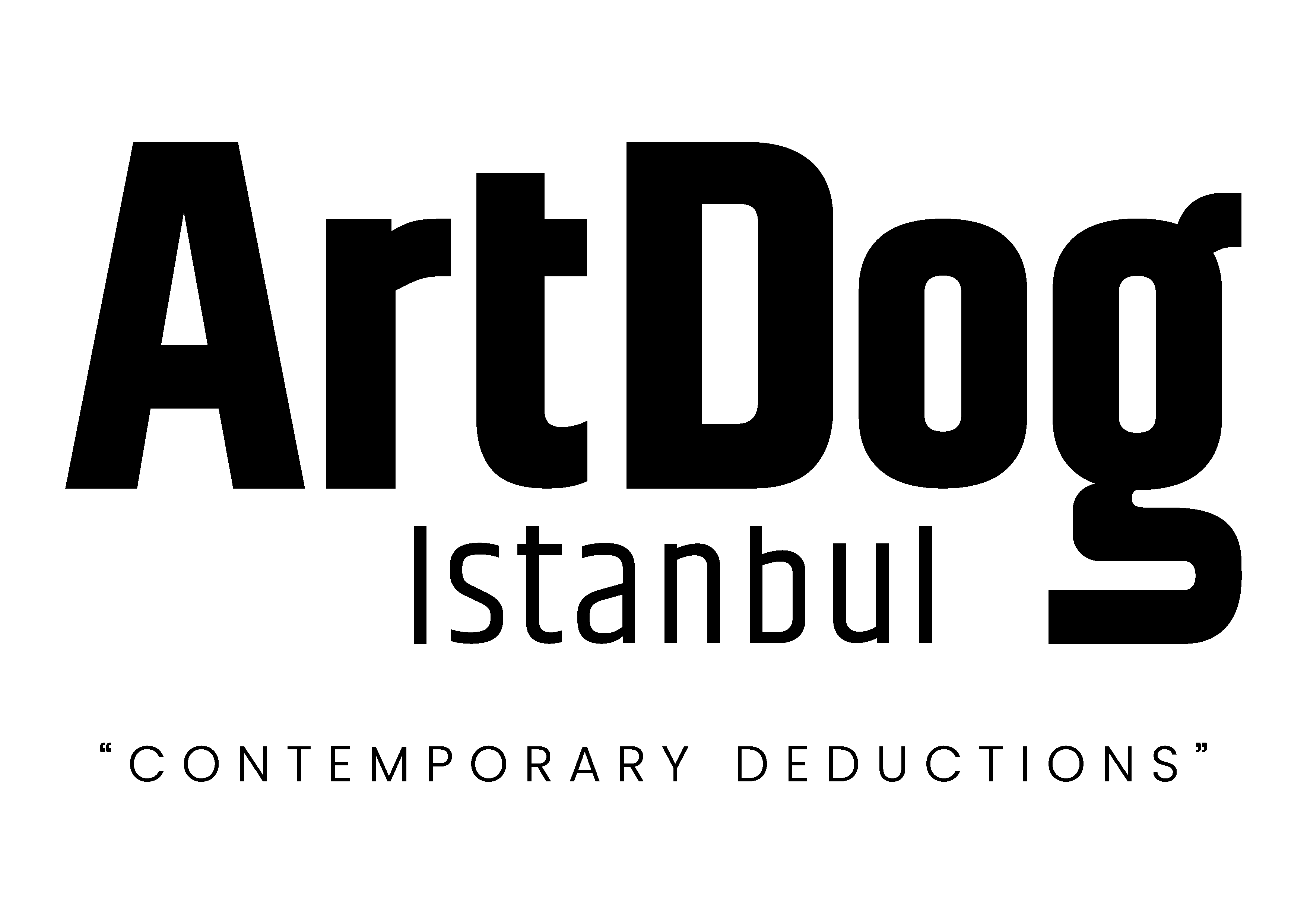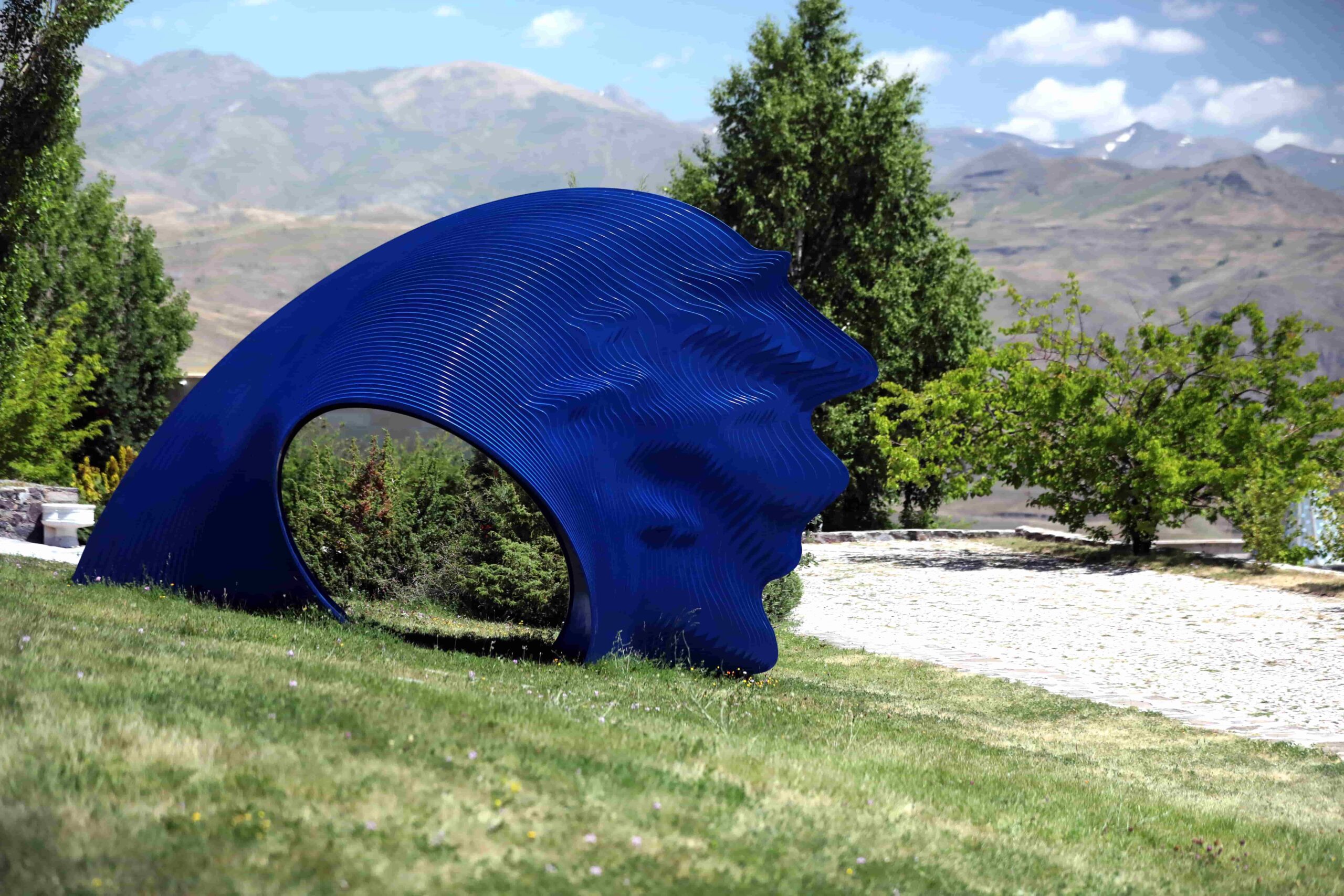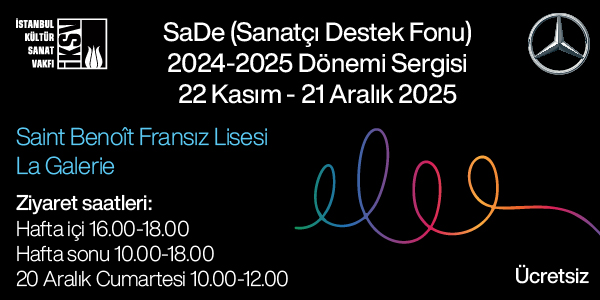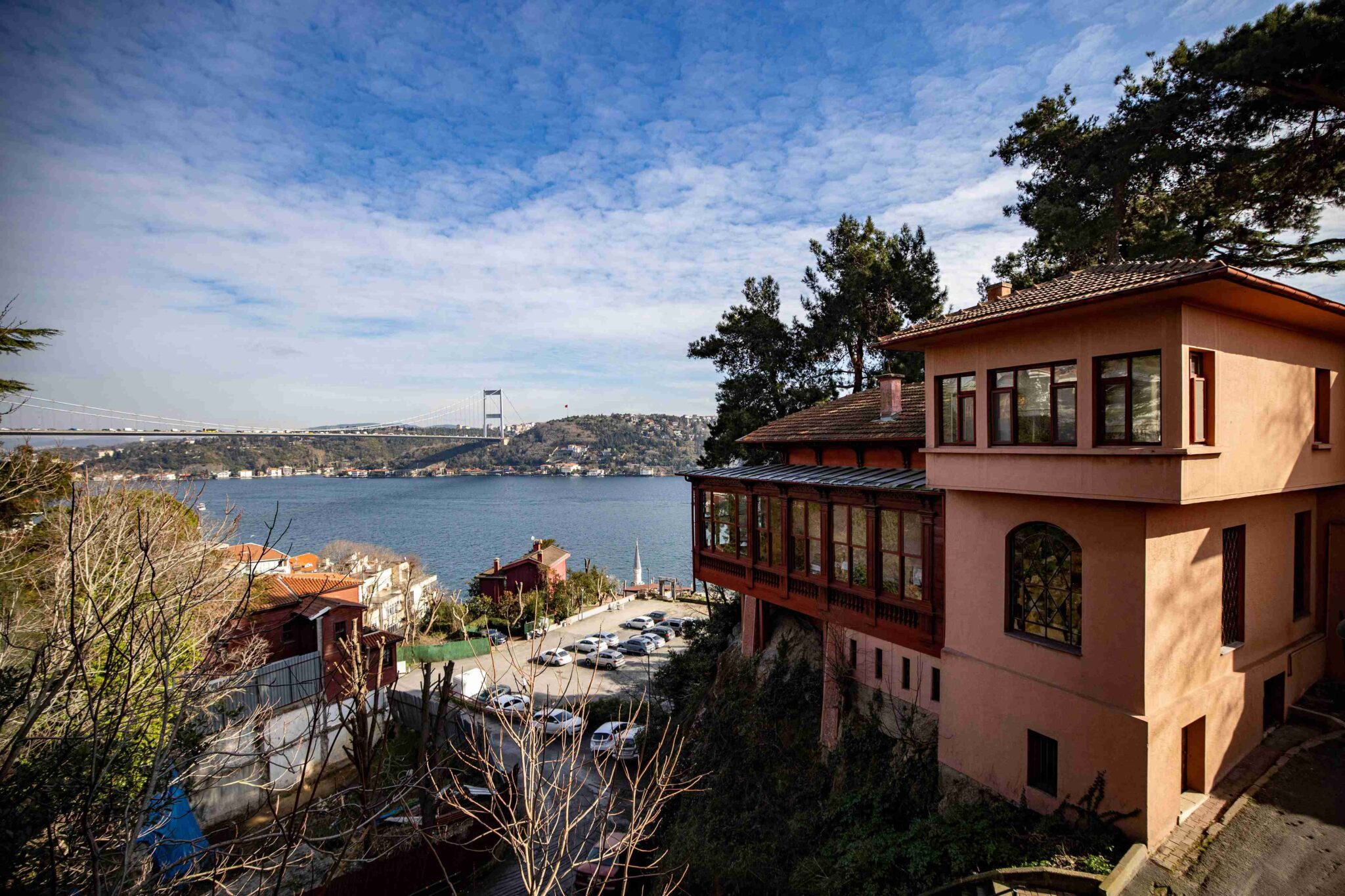“Sometimes I fly here in my dreams and land here,” says Prof. Dr. Hüsamettin Koçan, founder of the Baksı Museum. He takes us on a tour of the Baksı Museum, which he built in the place where he flew and landed in his dreams, accompanied by a wind that caresses the whole body like a gentle hand. Before us lie the layered slopes of Baksı, covered in shades of green stretching as far as the eye can see… Looking down from the top, Bayburt’s mystical nature seems to enchant the viewer. This is not just a museum; it is a dream space that brings the distant closer, carries the memory of lost stories, and touches the human soul through art…
Baksı and Timelessness
In the summer of 2025, the Baksı Museum, nestled in the unique nature of Anatolia, opened its doors to Seçkin Pirim’s personal exhibition titled “Timeless in Time.” The exhibition, held in a timeless space intertwined with nature, features a special selection of Pirim’s recent works, shaped using various materials such as marble, paper, and acrylic. Some of the works were produced specifically for the exhibition, while others are being shown to the public for the first time in the mystical atmosphere of Baksı. The exhibition skillfully combines the artist’s profound vision, which brings together the past and the future, with Baksı’s mission of being a “center outside the center” and bringing Anatolia’s cultural memory together with art. In the words of Hüsamettin Koçan: “Baksı is not just a museum; it is an effort to bring what is far away closer.” In the first part of our interview, we talk with Koçan about the museum, the transformative power of Anatolia, and the necessity of art reaching people. Then, Seçkin Pirim shares the origins of the exhibition, the relationship between the works and the space, and the sense of “timelessness” that Baksı evokes in him.
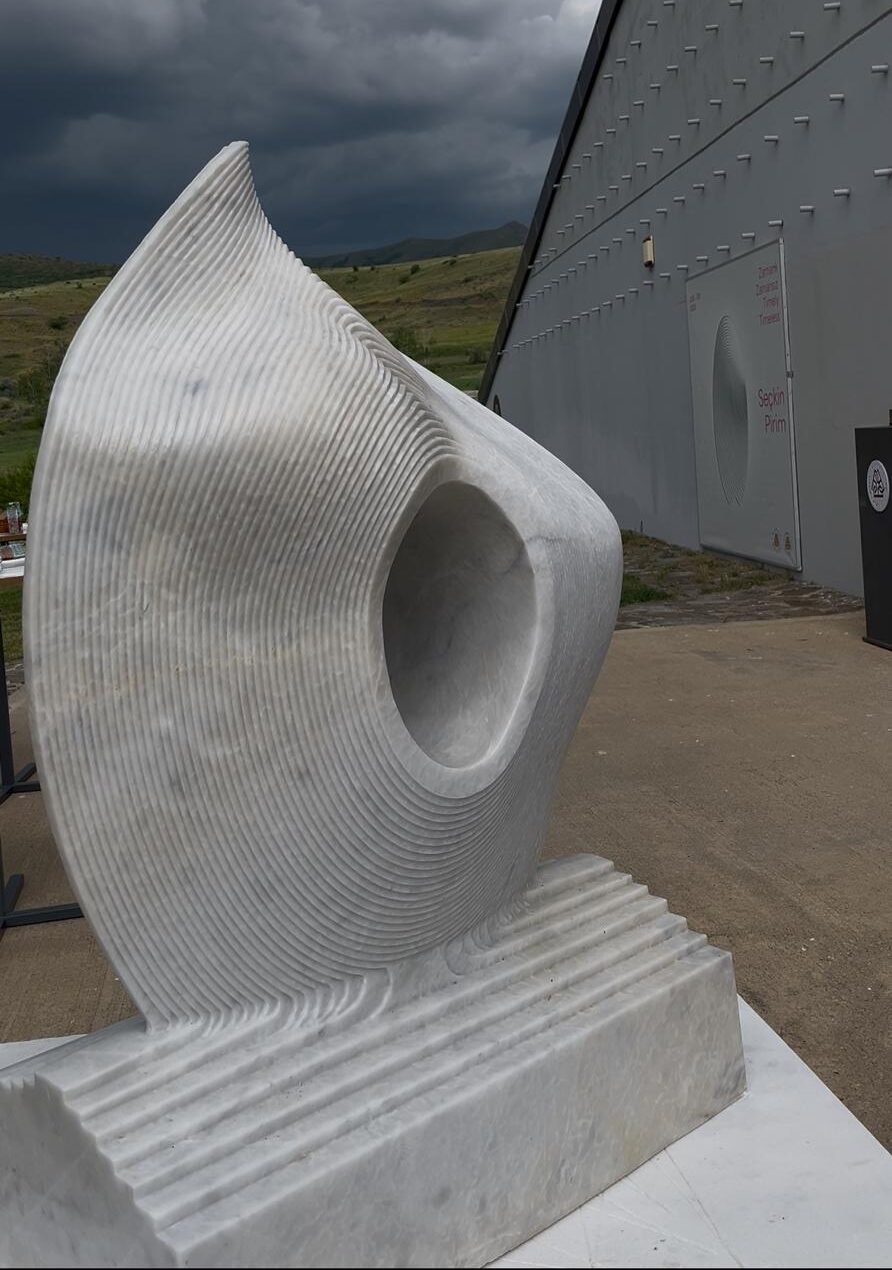
140x91x53 cm, 2025
There is a tendency to overlook Anatolia and its culture. However, your work demonstrates the opposite.
I was born here, and almost all of my experiences here have been very valuable, precious, and educational for me. I participated in the production here. That’s why I’ve had an extremely human, loving, fairy-tale-like relationship with this place since the day I was born. Actually, I just continued it, and I continue it. The depth of the culture here has always attracted me. We used to go swimming in the river. My mother was afraid we would drown: “Son, this water looks calm, but there is a witch in it; she will pull you in, don’t go,” she would say. I guess the witch my mother was talking about pulled me here. She always pushed me here and towards myself.
The Baksı Museum is also a result of all this…
Absolutely… I have always believed that if you are going to tell a story, it has to be your life. I have always told my life story and continue to do so. If you don’t have a life story, you don’t have much to tell. You just tell other people’s stories. Do you understand what I mean? I am searching for my own story, writing it, and showing it.
You often say, “Art should go to people, it should go to life.” I guess this is also the reason why you established a museum like Baksı outside the center.
Centers are not immutable; centers change. Especially the center of thought can change very easily. Especially if you are from Anatolia, you have many opportunities. We are no longer considered peripheral because we don’t see ourselves that way. If you think you are on the periphery, you are in exile. The place where you were born and raised is your center. I believed this and pursued my story. I did whatever was necessary. I was fortunate; my family educated me, and I received an education. Would this have happened without my education? No. If I hadn’t come from a system like the Bauhaus system, could I have been so innovative and conservative? That’s debatable. But the fundamental culture that made me who I am is nature, feudalism…
“Can the Center Be in the Village?”
My friends misunderstand feudalism. The family I grew up in had an incredible sense of humanism, justice, and solidarity. We were a family that refused to be full while our neighbors were hungry. From this perspective, you can draw very clear conclusions for humanity. Westerners supported our decision more. We had discussions like, “Can it be in the central village?” We are very fortunate, but we also have our difficulties. These things are done with love, deepening, and sending greetings to humanity. We gladly pay the price.
How do you see the potential contributions of Anatolian culture to world art?
Anatolia’s greatest wealth is that it is a breeding ground where cultures meet. In other words, it has given every culture a chance to live here. Therefore, it is easy to find compelling stories in such a land and take them elsewhere. There may be other stories elsewhere, but I don’t know who will bring them out or what they will do with them. Wherever there are people, there are epics, dreams, and love. The whole point is to bring them out and move toward something. Once you bring them out, you come together.
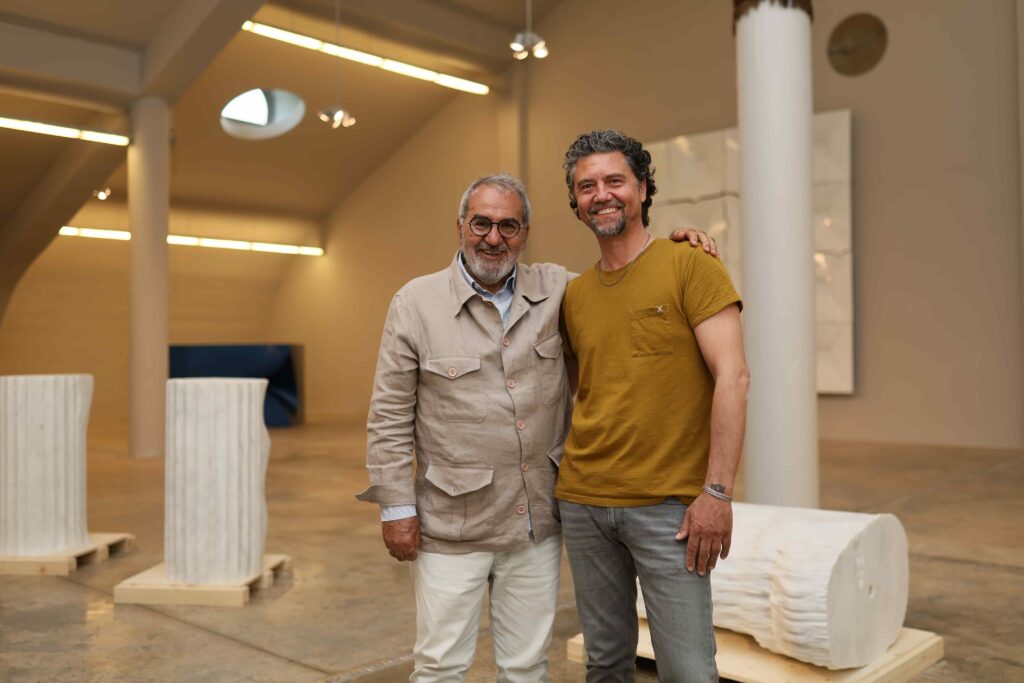
“The Goal is to Create a Life Worthy of Human Beings”
Moving on to the upcoming exhibition, Seçkin Pirim’s works will be featured in the “Timely-Timeless” exhibition. How does this exhibition align with Baksı’s vision of transforming people?
The exhibition fits Baksı’s story very well. Seçkin Pirim’s human and artistic depth is reflected in the works in the exhibition. The layered forms correspond to the plural and profound thinking we are trying to establish here. We feel the transformative power of art once again with this exhibition.
We should not look at the issue of transformation in this way: It is like a lever. What are we doing? We are transforming people and organizing the environment; we respect nature, each other, and personalities. These are ethical and universal values. I think that if we make life here closer to people and more equipped, better lives and hopes will be nurtured here. This is our ideal. We do not intend to change others; we accept everyone as they are and value them. We want women to be economically independent, children to be well-nourished, and the mother-child relationship to be strong. We want warmth and love to continue; we provide support. The goal is to create a life worthy of humanity, to protect nature and the environment, and to pass it on to future generations. We want poetry, painting, and music.
You always place women at the heart of Baksı. How do you define the role of women in this journey?
I believe in women very much. Women have great value in terms of production, giving birth to what they produce, taking ownership, and carrying it into the future. Our women lost their production areas with the migration from the village to the city. When they went to the city, they were left without a profession or production. We want to regain productivity and achieve women’s economic independence. We want them to contribute to the family and celebrate the future. Our expectations for women are very high. I have entrusted this place to women. Women will carry Baksı into the future.
You said, “We are all chasing a story we are losing.” What is this story?
Sometimes I fly here in my dreams and land in Baksı. This is a small but deep world. A person finds themselves in the place where they fly away. That is our goal: for everyone to spread their wings, fly, and look at their lives with hope. Then problems are solved, and hopes become reality. Fairy tales are abstract, but our world is based on concrete objects and experiences. Watching the valley from the top of a rock, meeting a gazelle’s gaze… As long as we can preserve that hope—the hope of encountering a new gazelle every day—we can write happier stories.
Seçkin Pirim: “I’m Producing Now, But My Work Is Timeless”
How did the idea for the Timeless exhibition come about?
The idea for this exhibition has been around for a long time. Hüsamettin Abi and I have been friends for years, we always talked about it, but we couldn’t find the right time due to our busy schedules. Last year, I came here as part of the Utopia Workshops, we did a workshop with the children, and the energy here really affected me. That’s when we said, “Let’s do this exhibition now.” After my museum exhibition in Milan ended, I started planning this space. Although it looks local, it has an international audience, so I prepared a small retrospective. Some of the works in the exhibition are from my own collection, some are from the inventory, and three are being exhibited here for the first time. I created a selection like a small retrospective.
The name of the exhibition came to me while sitting here in this space. When I first arrived, I sat here and said, “I am here now, but it feels like I am not in time.” This place is truly timeless. People often ask me, “What era do your works belong to?” I always respond, “I create in this era, but my works are timeless.” They carry traces of the past and will remain in the future. The timelessness of this space and the timelessness of my works complement each other beautifully. I am also exhibiting my models for the first time in this exhibition. They are very special to me, and I don’t share them with anyone. But this time, I brought them along because I wanted people to see the inner workings of my art, how I work.
How many works are there in total, and how many were produced specifically for this space?
There are approximately 20 works. Three of them were produced specifically for this exhibition. The marble work outside, in particular, was completed at the last minute. The inspiration for this work was the wind here. Even in the summer heat, there is a gentle breeze that caresses you. Last year, I constantly felt as if someone was touching it. So I left a mark on the marble surface as if a finger had touched it. It’s a reference to the invisible but felt presence of the wind.
I’m curious about the process of bringing your works here.
It was quite challenging. You’ve already seen the road. Two trucks and a crane came here. That’s the disadvantage of sculpture; it’s big, heavy, and difficult to transport. But I also make it difficult for myself. I could have done easier work, but I always take care. There were 11-meter sculptures at my exhibition in Milan. I’ve participated in over a hundred group exhibitions and opened nearly 20 solo exhibitions, but I still feel the same excitement. I tried to select the best works for this exhibition. I wanted people to see an impressive work when they looked at it from a distance. The result was beautiful, but the process was difficult.
There are also works in the outdoor space at the exhibition…
Yes, we have works in the outdoor space. The nature and layered structure of this geography aligns well with the language of my works. When I decided to bring the outdoor piece titled “Cloud Gate” here, I knew it would interact with the space. Actually, I had a different location in mind, I had thought of placing it further away, but then it blended in beautifully with this space. It merged with both nature and the building.
How has this place nourished you as an artist?
I am an artist inspired by nature. I am truly in love with nature. I stayed here for eight days last year. This wasn’t an exhibition, but I created a part of another gallery exhibition here. There is something about this place that nourishes people. I think everyone who comes here is inevitably influenced by it. There is also a shamanic village atmosphere here. This mystical energy inevitably affects you.
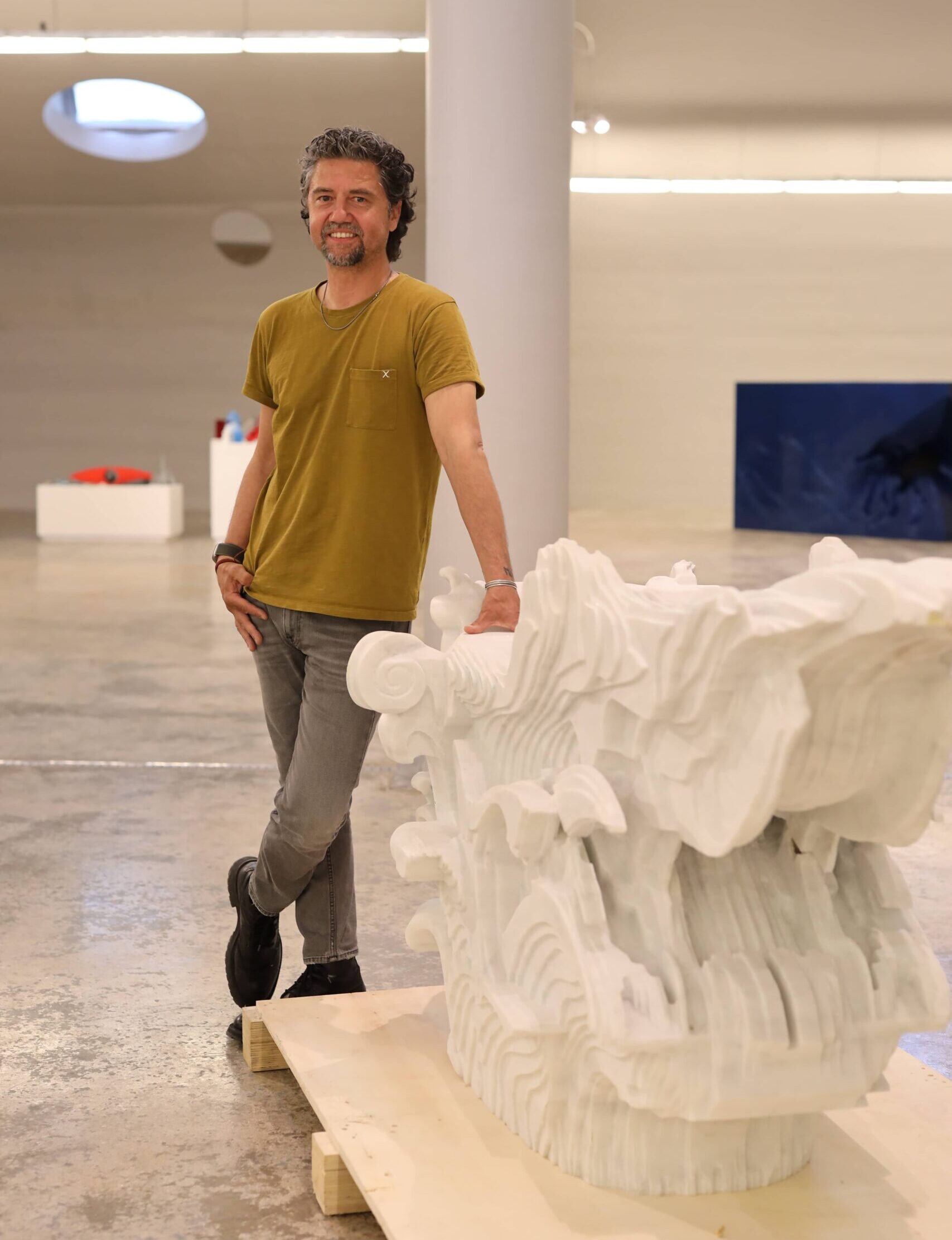
Let’s talk a little about your works. What is the story behind your work “You and the You Inside Me”?
This work is from an exhibition I called “Retreat” and held three years ago. I created that exhibition after a 40-day retreat. It was an exhibition inspired by the philosophy of Mevlana. The starting point for this work is the phrase “there is a self beyond myself.” “You and the You Within Me” is essentially a form of inner reckoning. It’s about confronting yourself with your reflection in the mirror.
“You and the You Within Me” is about the self as seen from the outside. One is more turbulent, the other calmer. It may seem a bit confusing, but both are different states of the same self. As with all my works, this one also has its own story. I never create a work just to say, “I’ll make a sculpture here.” Every work should have a story and be integrated with the space.
You also have a paper work inside.
Yes, it’s called “Thorn Garden.” I actually started with the metaphor of a rose. Roses are beautiful, but their thorns hurt. This work questions what harm humans cause within this beauty.
What do you think is the importance of this museum for young people?
The art market in Turkey is centered in Istanbul. But there are fine arts faculties in places like Erzurum, Trabzon, Erzincan, and Bayburt. For them, this museum is a hope. Just being able to say, “One day I will have an exhibition here” is a great motivation. Because for someone who wants to stay in the city after graduating, there is no gallery here, no options. This museum is a place where their dreams begin.

